During an economic recession, gas, grocery and housing prices are what is at the forefront of most American citizens’ minds. The last thing that people are thinking about is how a recession changes fashion. However, the state of the economy, whether it’s declining or thriving, has an immense impact on what Americans do and don’t wear. Although the U.S. is not officially in a recession, many aspects of the U.S. economy are suffering, reflected through changes in wardrobes across the United States.
From flamboyant to functional
Fashion heeds to the rise and fall of the financial market. During recessions, fashion strays from flamboyance and shifts to be more drab. Vibrant colors and opulent garments common during times of economic prosperity are swapped for more practical, modest pieces in response to economic downturn. Fashion is an industry built on art, and in periods of financial crisis, arts are one the first things that funding stops funneling to. When the economy falters, the monetary and artistic growth of the fashion industry is thwarted, and apparel brands turn to utilitarian, minimalistic styles.
A recent example of this shift is the lack of opulent necklaces at recent award shows and events, where celebrities like Madelyn Cline and Selena Gomez left their collarbones bare. When the economy is suffering, mindless, overt luxury comes off as gaudy and out of touch. Wearing a diamond choker that costs more than a house isn’t a good look when people are struggling to pay basic bills.
The power of fashion is often underestimated– Marie Antoinette’s ostentatious attire was a major factor in sparking a revolution among the disgruntled French working class, who could hardly even afford bread. When money is tight among the general public, even a lavish gown becomes tasteless and garish. Unlike Antoinette, celebrities have tamed down their red carpet looks to steer clear of backlash.
Blast from the past– Recession and modesty
The hemline index theory explains the relationship between the length of skirts and the rise and fall of stock prices. This theory can be demonstrated through the stark contrast in the fashion between the Roaring Twenties and Great Depression. In the 1920s, flappers wore short dresses, indicating a flourishing economy that allowed for hedonistic freedom. During the Great Depression in the 1930s, however, above-the-knee party dresses fell out of style. Party culture dwindled after the stock market plummeted, so there wasn’t a need for dresses that allowed for dancing. Hemlines dropped during this era to reflect the sober atmosphere of the Great Depression, and fashion during the 1930s shifted to become more utilitarian and practical, consisting of more streamlined designs and affordable fabrics.
1920’s trends symbolized not only economic stability, but rebellion against societal norms for women. The heavy makeup, short hair, short skirts and boyish silhouettes worn by women at the time were considered unladylike. In times of economic stability, people had the financial freedom to explore and enjoy themselves. When the Great Depression struck, flapper fashion was quickly replaced with more feminine, modest dresses, and makeup was scarce.
Mens fashion also changed around this time. During the 1920’s, men wore showy cuts and fancy fabrics. As the nation perpetually descended into debt, traditional pieces of men’s wardrobes– waistcoats, vests, gloves, stiff collars– quickly fell out of fashion… even ties were no longer compulsory, as many of those items quickly fell out of peoples’ budgets.
How fashion companies thrive even in economic turmoil
In times of economic decline, penny pinching consumers are more careful with their spending habits. When money is tight, customers will only want to buy what they see as a necessity, which in the case of fashion, are usually long-lasting, versatile and casual everyday clothes. In order to continue making money, clothing brands shift their styles to be more drab to continue to thrive in a harsh economy.
Rising sales aren’t only based on smart marketing or quality products. A large part of purchases depend on how much money customers have to spend. During an economic downturn, a consumer’s perception of new clothing shifts from an essential to an expendable. It’s the fashion companies’ job to display their products as a necessary purchase rather than a frivolous one, hence the recent change of American fashion companies, who are currently focusing on marketing basics.
Fashion is no exception to the phrase “history repeats itself.” Though it might seem trivial, changes in what is trending can be a big indicator of a recession. Long skirts making a comeback may not alarm most, but people who know their fashion history are aware of what it could mean for the economy. Fashion is not arbitrary, it always carries a message, and as Coco Chanel once said, “Fashion is in the sky, in the street, fashion has to do with ideas, the way we live, what is happening.”



































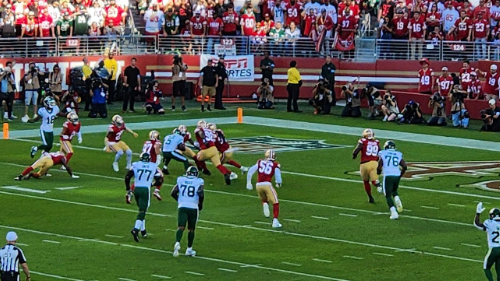

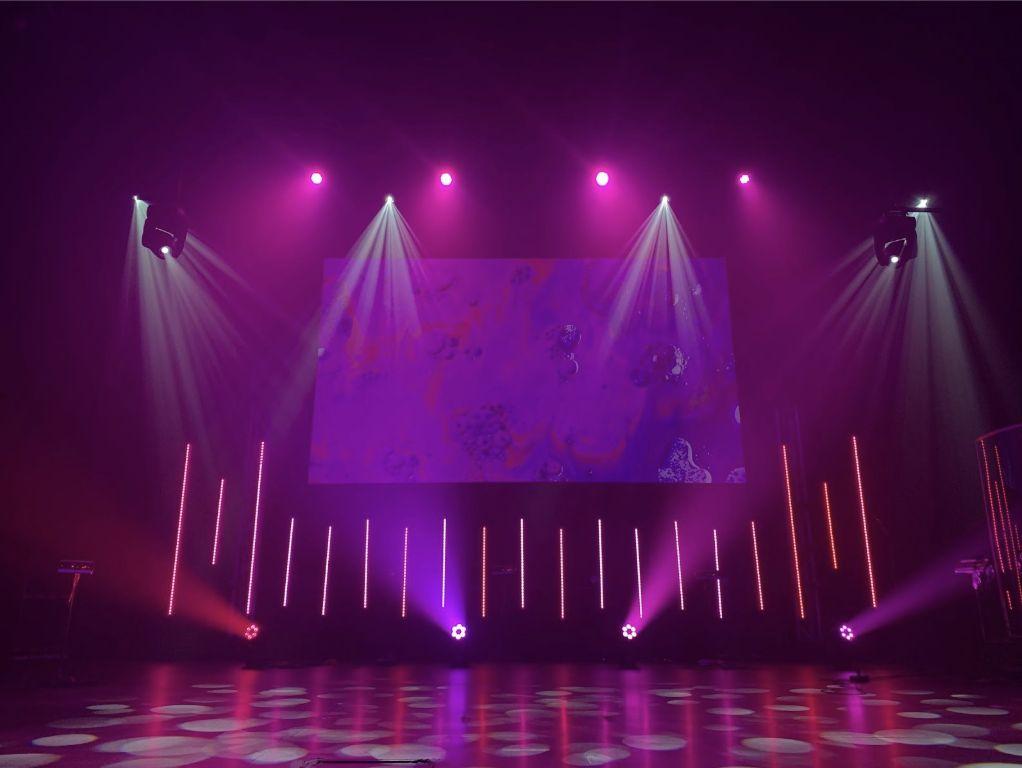

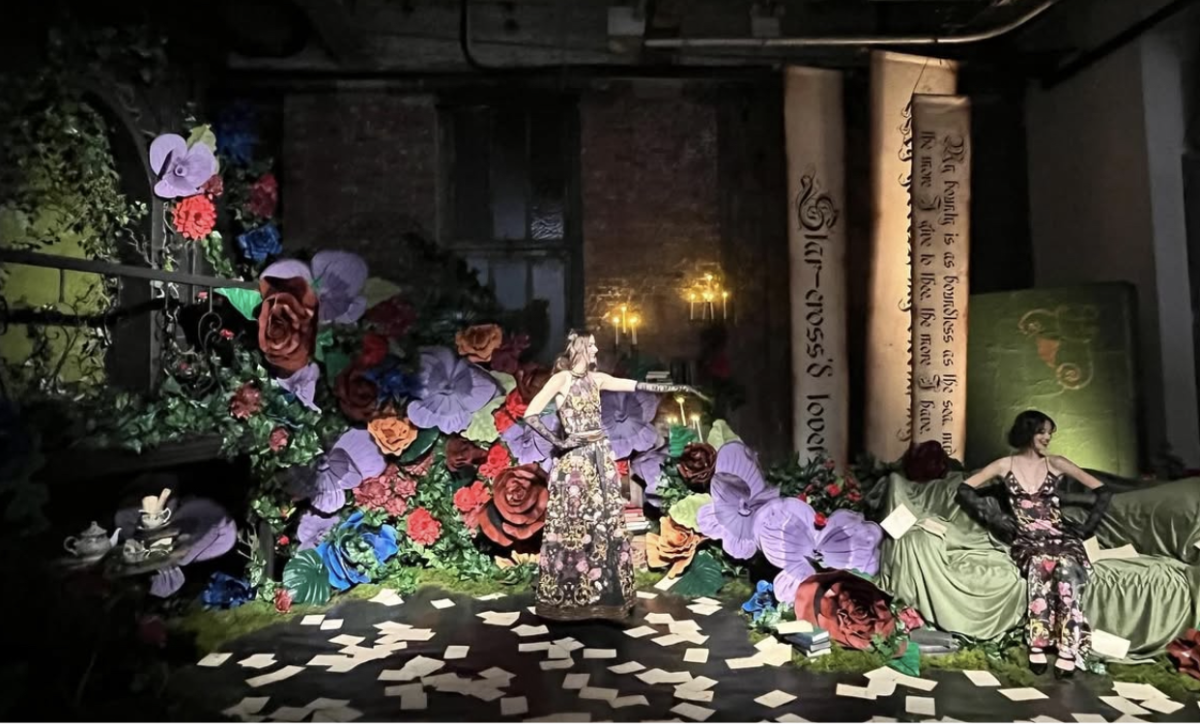














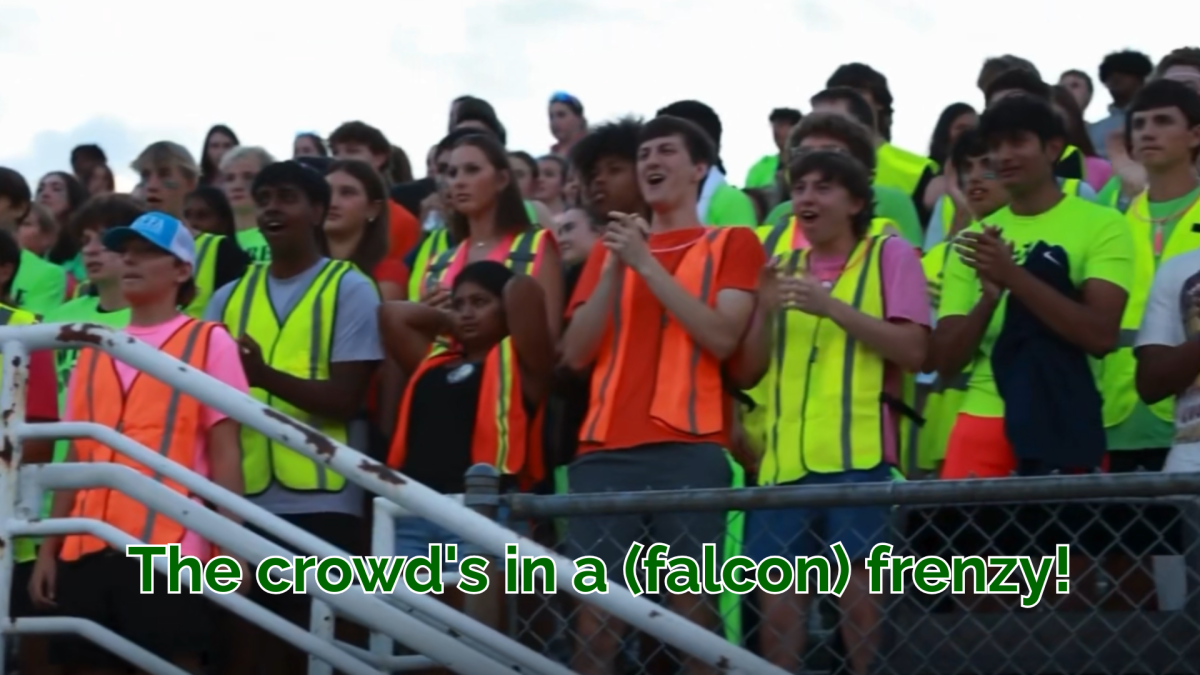







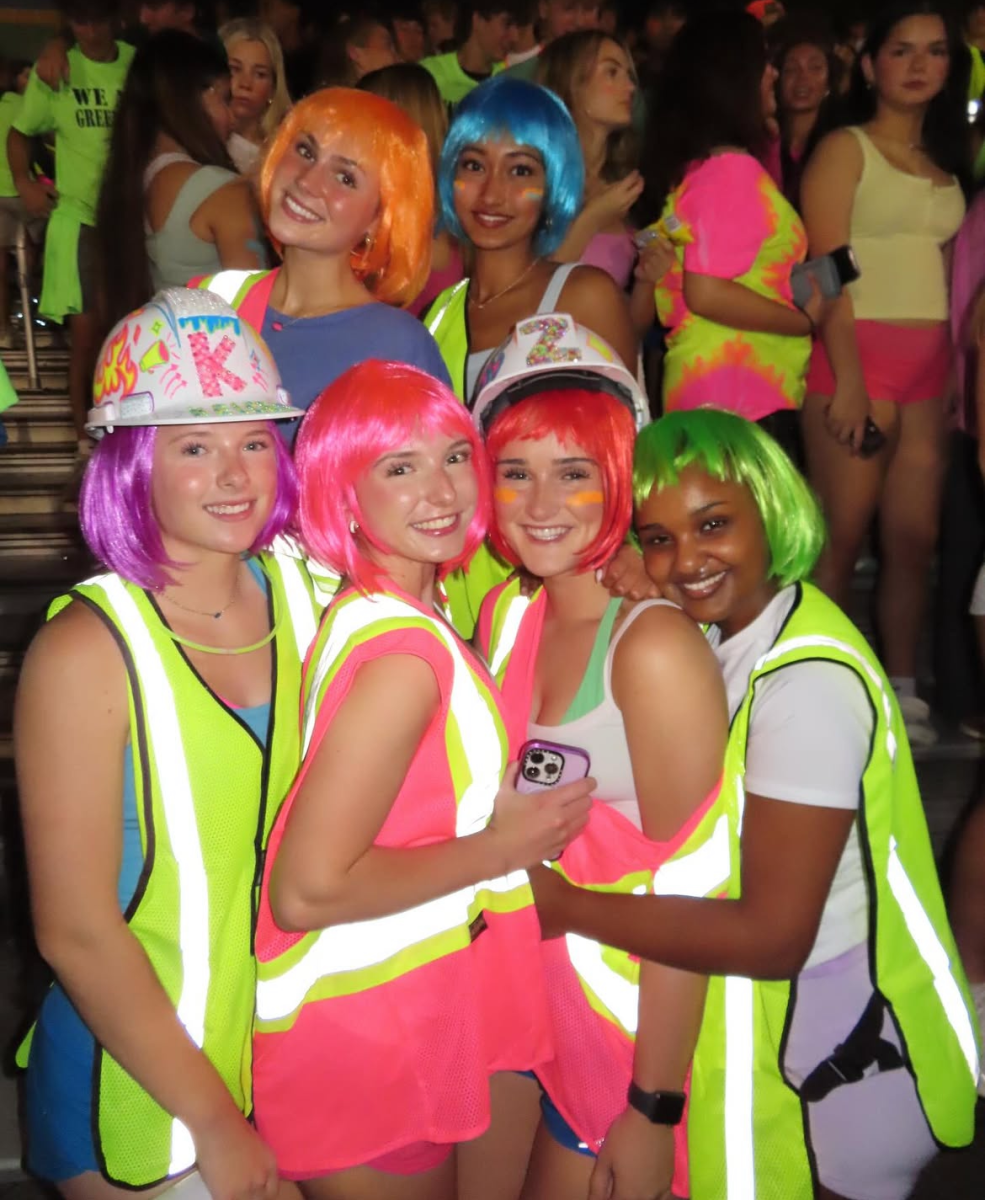









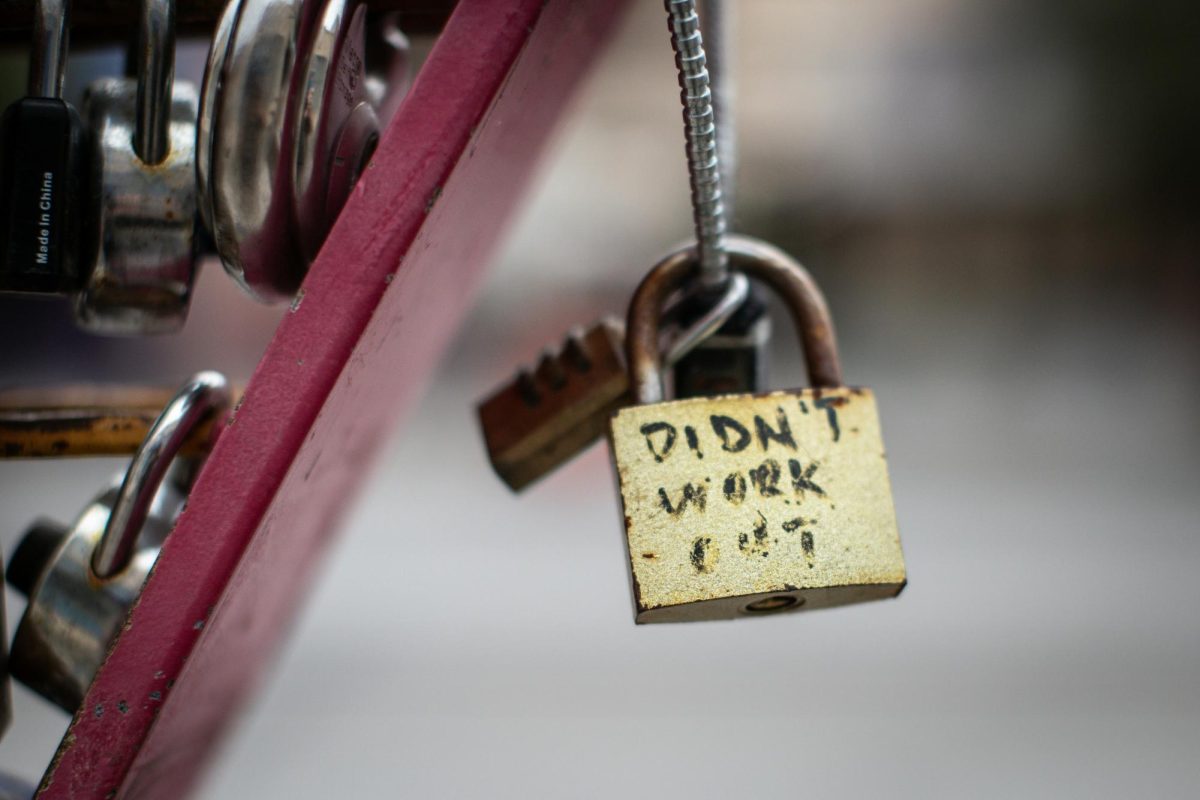












Anwesha • Apr 28, 2025 at 3:11 am
fashion is everywhere. what an insightful piece!